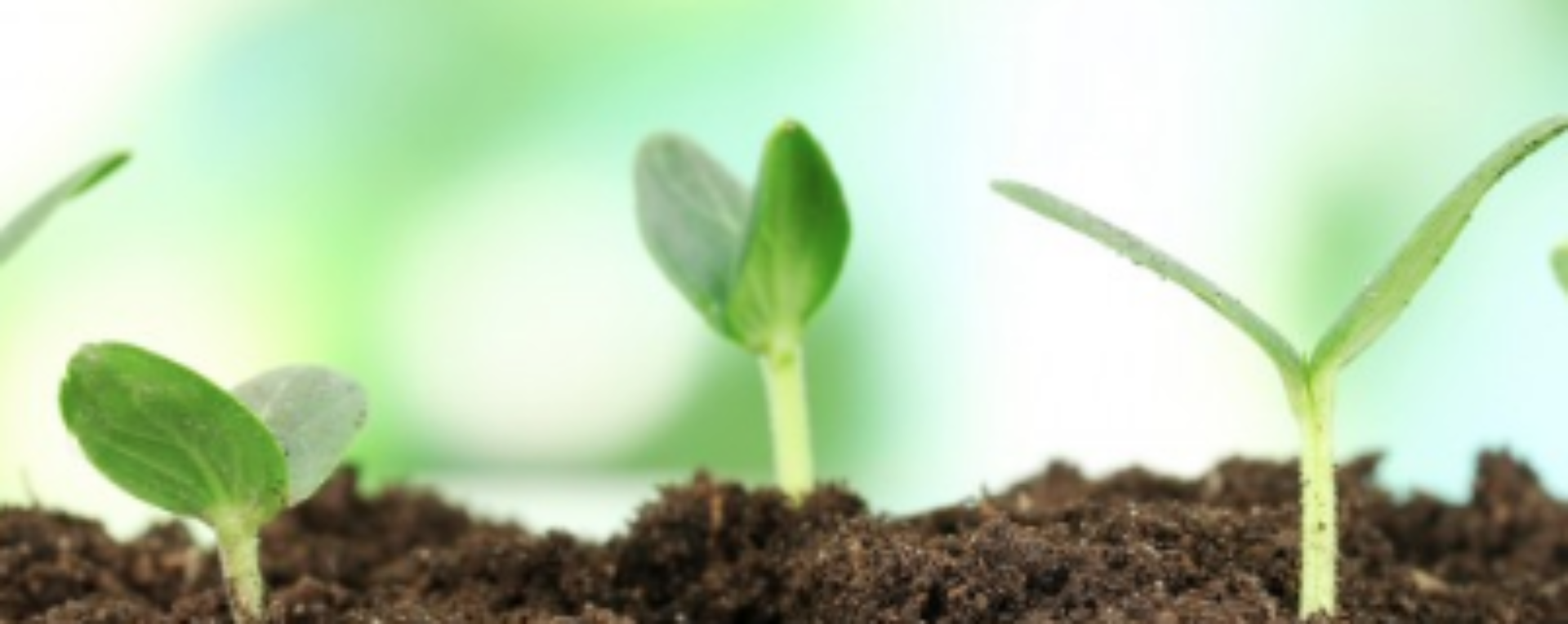We have onion rot, also known as rust, which affects onions, leeks and garlic on the allotment. There is no known cure All affected plants and leaves must be burnt – not put on the compost heap. As you will see from the extract from the RHS website I’ve re-printed below it is serious and a long term problem.
“White rot is a serious disease of plants of the allium family, especially bulb onions, garlic and leeks, caused by the soil-borne fungus Stromatinia cepivora (syn. Sclerotium cepivorum), which can persist in the soil for many years. Look for symptoms from mid-summer until early autumn.
You may see the following symptoms:
- Above ground, the first symptom is yellowing and wilting of the foliage, especially in dry weather
- Under wetter conditions the plants may not wilt, but will become loose in the soil
- Below ground, the pathogen rots the roots and then invades the bulb
- White fluffy fungus growth appears on the base of the bulb and later this becomes covered in small, round, black structures
Stromatinia cepivora is effectively impossible to eliminate once it has been introduced and the long survival period makes crop rotation impractical. It is therefore extremely important to avoid introduction to previously clean sites. It is transported in contaminated soil, for example on tools or on muddy footwear. Take particular care in areas where cross contamination can occur easily, for example on allotments.
There are no chemical treatments against this disease or for soil sterilisation available to UK gardeners.
Stromatinia cepivora is an unusual fungus in that it does not produce any spores of importance to the normal life cycle. It exists in the soil as round black resting structures (sclerotia) about 0.5mm (1/32in) diameter, which remain dormant so long as no members of the onion family are grown. Sclerotia can detect certain volatile chemicals unique to alliums and when these are sensed the sclerotia germinate, producing fungal growth which invades the roots directly. Fresh sclerotia are then formed on the rotting bulbs and recontaminate the soil.
Sclerotia can remain in the soil for at least 15 years, though they will not always live this long. They can only germinate once and the fungus will then die out if it can not infect. Both sclerotial germination and fungal growth are inhibited above 20ºC (68ºF), so in the UK the problem is more severe in cool, wet summers.
